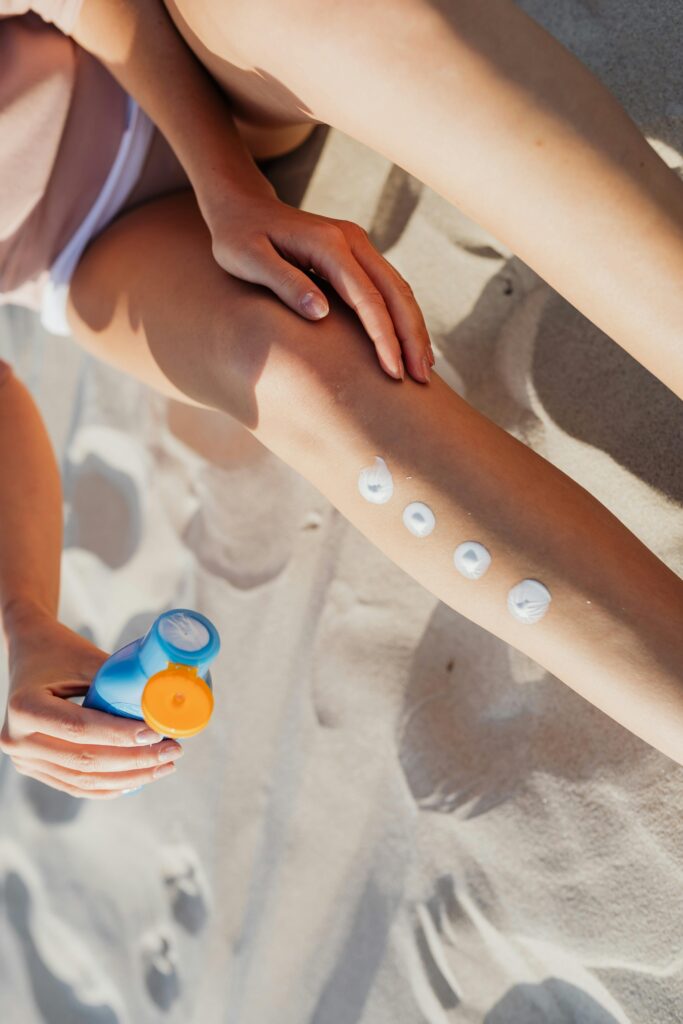Unlocking Clearer Skin: The Comprehensive Benefits of Acne Patches for Spot Treatment
Acne, a common skin condition affecting millions worldwide, doesn’t discriminate based on age or gender. From adolescents to adults, its presence can lead to frustration, lowered self-esteem, and sometimes even physical discomfort. While there exists a plethora of treatments promising relief, one innovative solution has gained traction in recent years: acne patches. These small, adhesive patches infused with active ingredients offer targeted spot treatment, revolutionizing the approach to managing breakouts. In this article, we delve into the comprehensive benefits of acne patches, exploring their mechanisms, effectiveness, and broader implications for skincare routines.
Understanding Acne and Spot Treatment
Before delving into the benefits of acne patches, it’s crucial to understand acne itself. Acne typically occurs when hair follicles become clogged with oil and dead skin cells, leading to the formation of pimples, blackheads, or whiteheads. Factors such as hormonal fluctuations, genetics, and lifestyle choices can exacerbate this condition.
Spot treatments aim to address individual blemishes rather than the entire face. Traditional spot treatments often come in the form of creams or gels containing active ingredients like benzoyl peroxide, salicylic acid, or sulfur. While effective, these treatments can sometimes cause dryness, irritation, or peeling, particularly on sensitive skin.
The emergence of acne patches offers a gentler yet potent alternative. These patches typically consist of a hydrocolloid dressing, which absorbs excess fluid while creating a moist environment conducive to healing. Some patches also incorporate additional ingredients such as tea tree oil, niacinamide, or hyaluronic acid, known for their antibacterial, anti-inflammatory, and hydrating properties.
Benefits of Acne Patches
Acne patches provide targeted treatment precisely where it’s needed most. By adhering directly to individual blemishes, they deliver active ingredients directly to the source of the problem, accelerating the healing process. This targeted approach minimizes unnecessary exposure of unaffected skin to potentially harsh ingredients, reducing the risk of irritation.
Absorption of Excess Fluid
One of the key mechanisms of acne patches is their ability to absorb excess fluid from blemishes. The hydrocolloid material acts like a sponge, drawing out pus, oil, and other impurities from within the pimple. This not only reduces inflammation and swelling but also promotes faster healing, often resulting in blemishes that are less conspicuous and easier to conceal.
Protection from External Irritants
Acne patches form a protective barrier over blemishes, shielding them from external irritants such as dirt, bacteria, and makeup. This barrier not only prevents further contamination but also helps prevent the temptation to pick or squeeze pimples, which can lead to scarring and prolonged healing times.
Invisible and Convenient
Unlike traditional spot treatments that can be visible and require precise application, acne patches are discreet and easy to use. Many patches are transparent, making them virtually invisible when worn during the day. Their thin, flexible design allows for comfortable wear under makeup or overnight, ensuring uninterrupted treatment without the hassle of messy creams or gels.
Non-drying and Non-irritating
One common concern with traditional spot treatments is their potential to cause dryness, redness, or irritation, particularly on sensitive or dry skin. Acne patches, on the other hand, are non-drying and non-irritating, making them suitable for all skin types, including those prone to sensitivity. The gentle yet effective nature of hydrocolloid dressings ensures that treatment is both comfortable and tolerable.
Promotes Healing and Prevents Scarring
Acne patches help expedite the natural recovery process by creating an optimal environment for healing. By absorbing excess fluid, reducing inflammation, and protecting against external irritants, they minimize the risk of infection and scarring. This not only results in clearer skin in the short term but also helps prevent long-term damage and discoloration associated with untreated acne.
Incorporating Acne Patches into Skincare Routines:
Integrating acne patches into existing skincare routines is straightforward and can yield significant benefits. Here are some tips for maximizing their effectiveness:
- Cleanse the skin thoroughly before applying acne patches to ensure that the affected area is free from dirt, oil, and makeup.
- Choose patches that contain ingredients tailored to your skin’s needs, whether it be combating bacteria, reducing inflammation, or promoting hydration.
- Apply the patch directly onto clean, dry skin, pressing gently to ensure adhesion.
- Wear the patch for the recommended duration, typically ranging from a few hours to overnight, depending on the product.
- Replace the patch as needed, especially if it becomes saturated with fluid or loses adhesion.
- Incorporate acne patches into both daytime and nighttime routines as needed, adjusting frequency based on the severity of breakouts and individual skin sensitivities.
Conclusion
Acne patches represent a groundbreaking advancement in spot treatment, offering a host of benefits that address the unique challenges of managing breakouts. From targeted treatment and absorption of excess fluid to protection from external irritants and prevention of scarring, these innovative patches provide a gentle yet effective solution for clearer, healthier skin. By integrating acne patches into skincare routines, individuals can take proactive steps towards achieving their skincare goals and boosting their confidence. As the skincare landscape continues to evolve, acne patches stand out as a versatile and indispensable tool in the quest for radiant, blemish-free skin.






